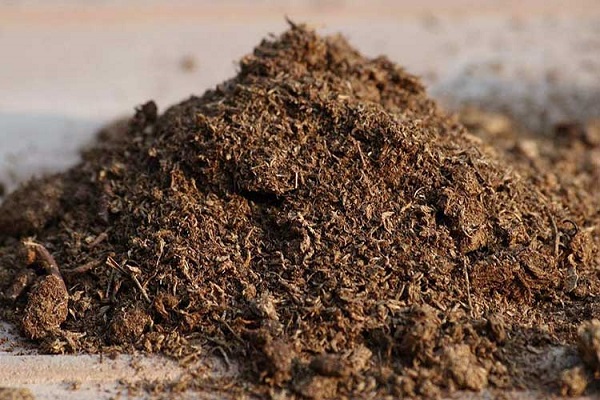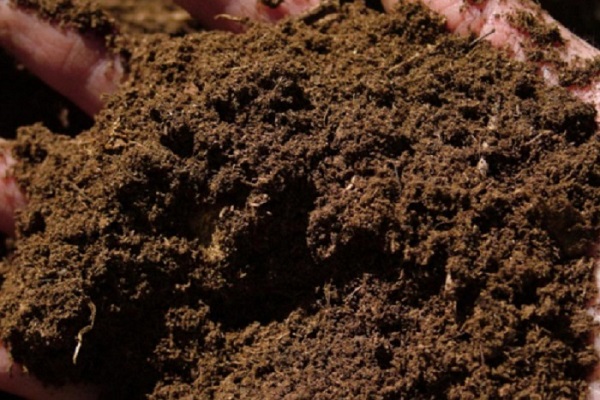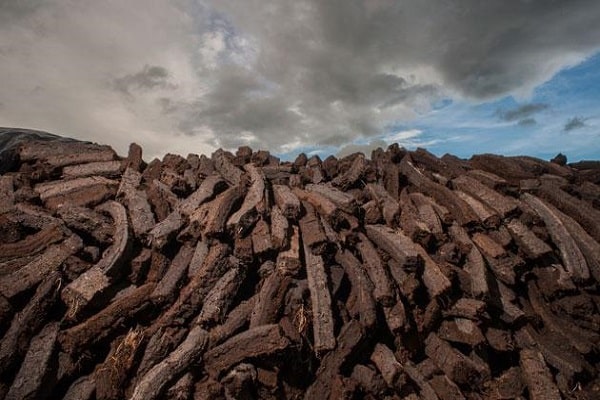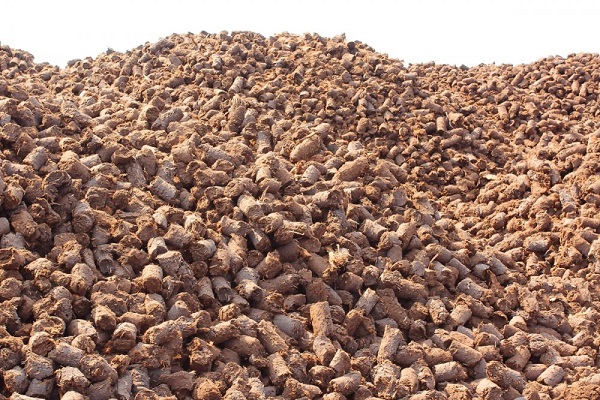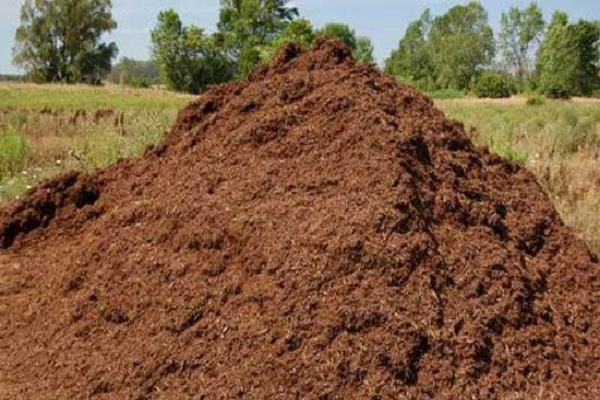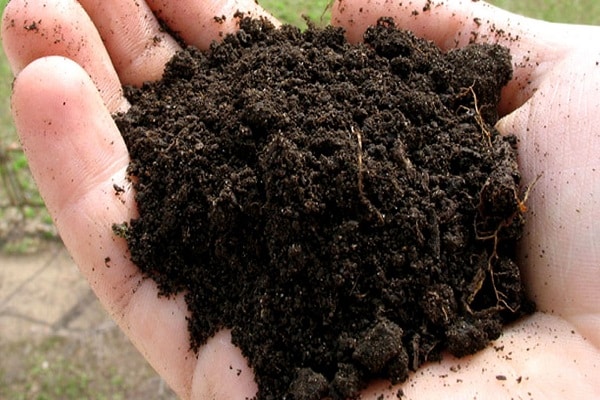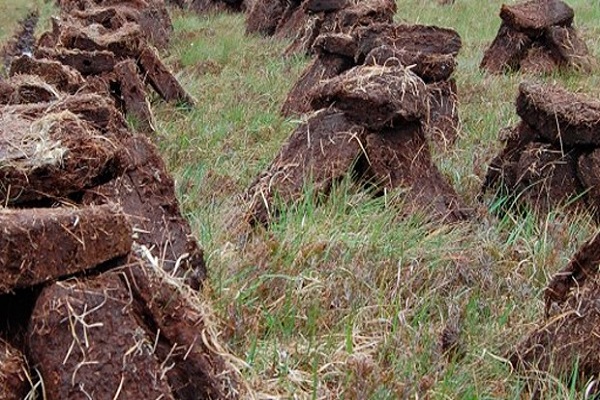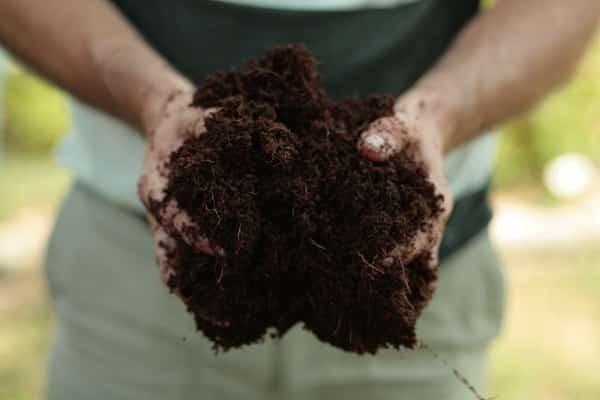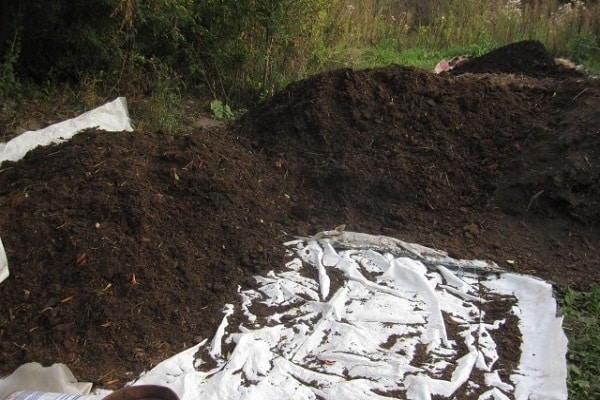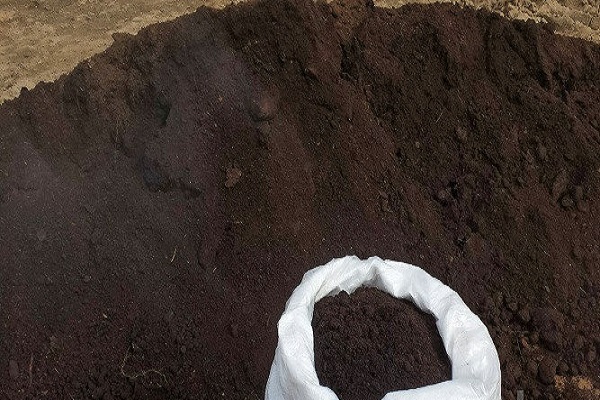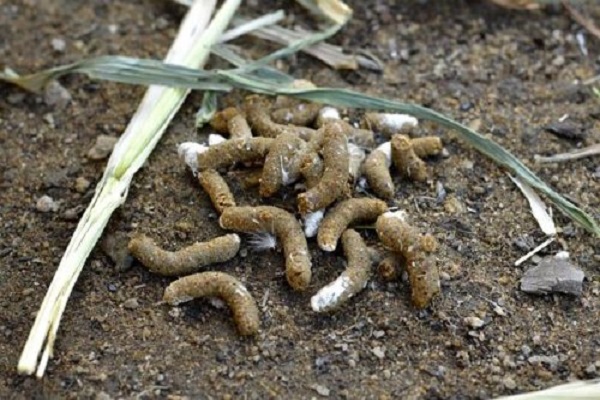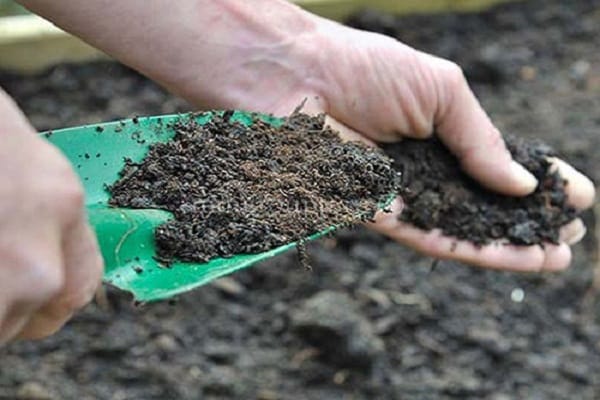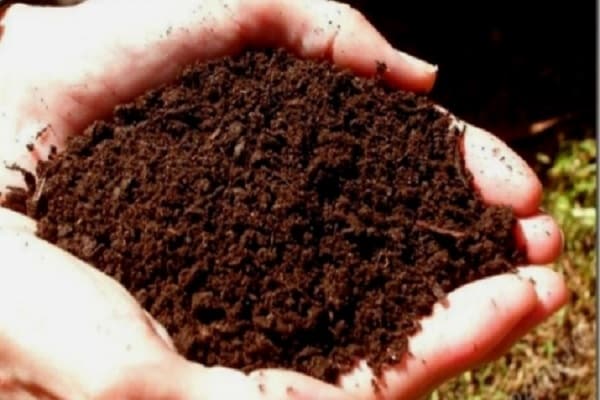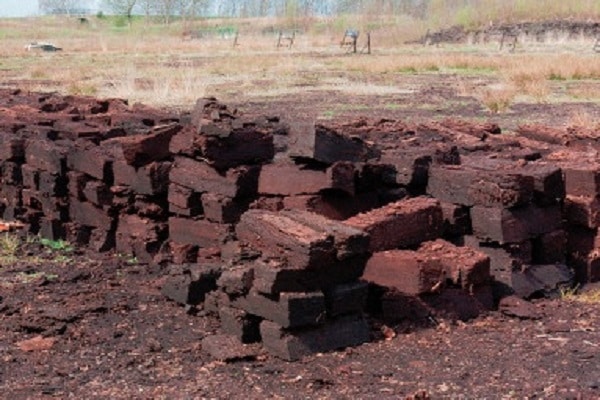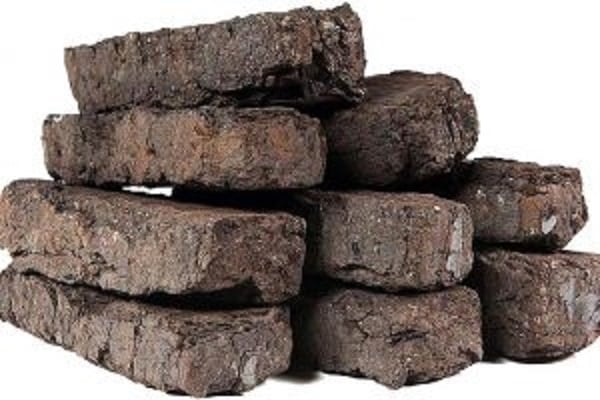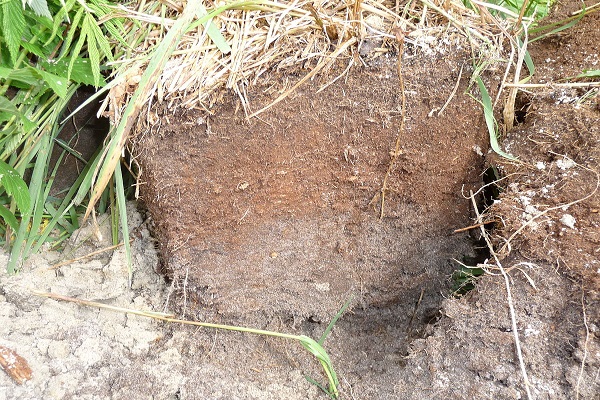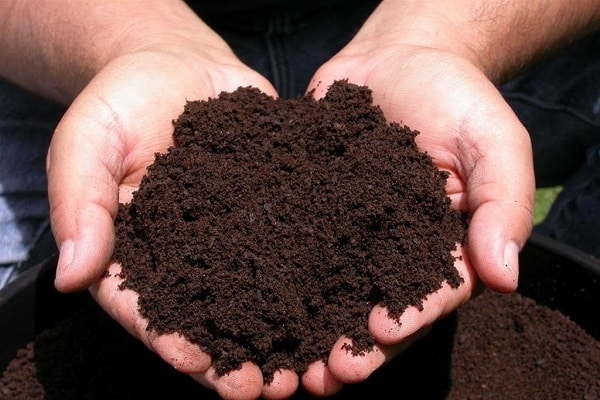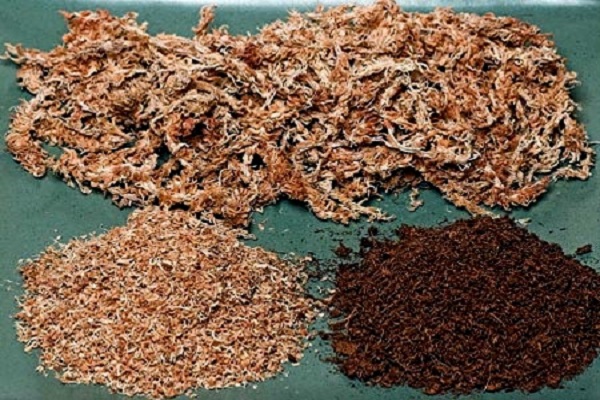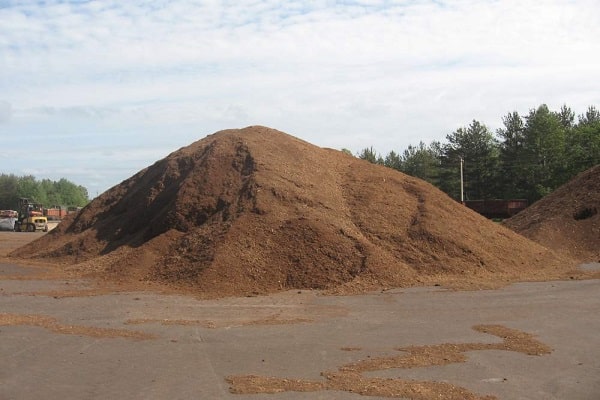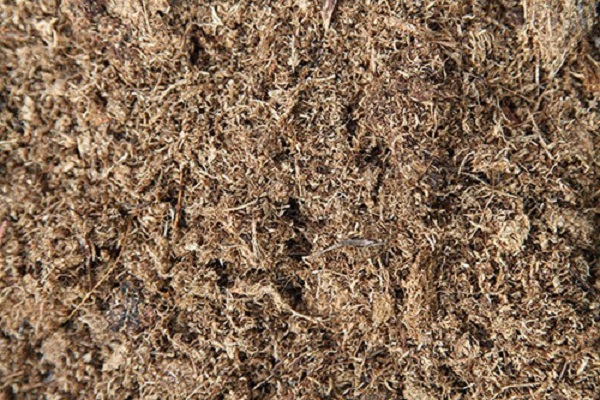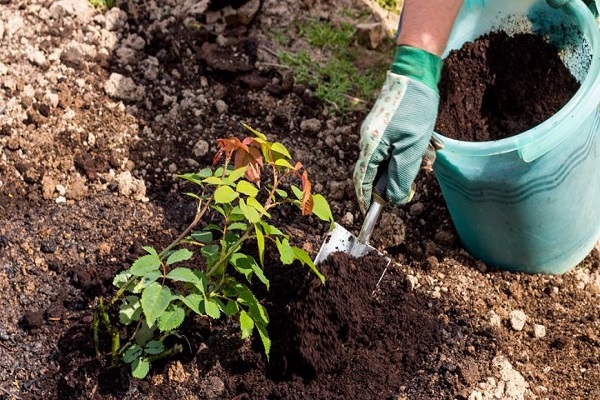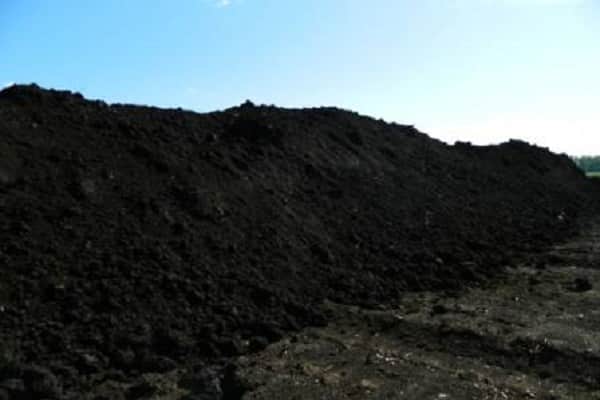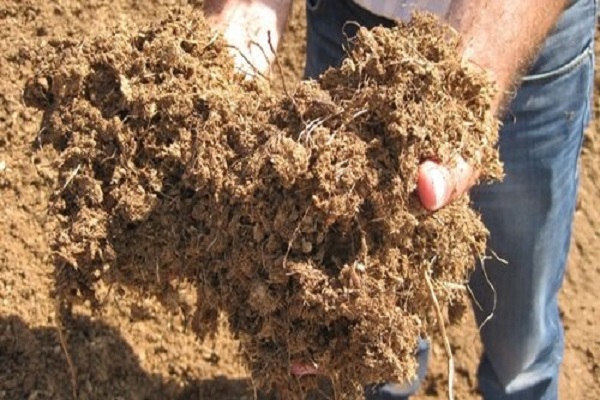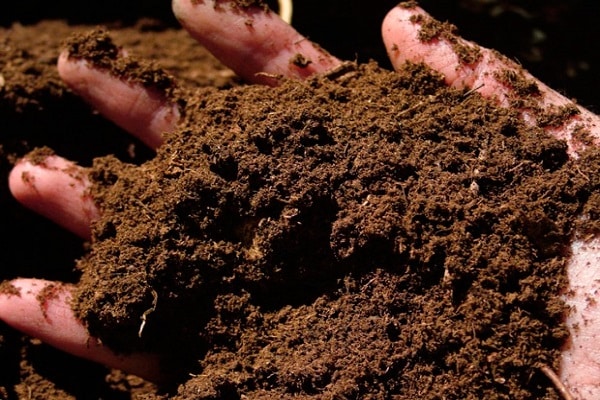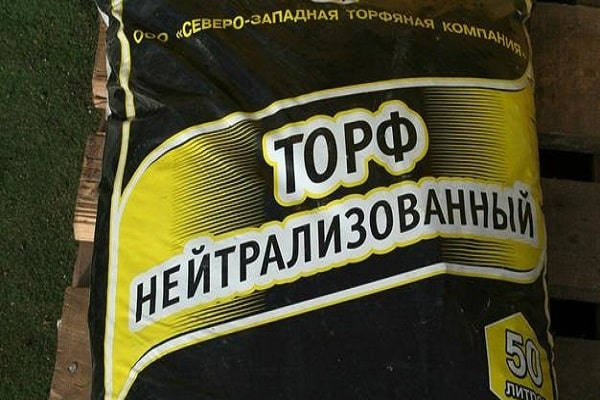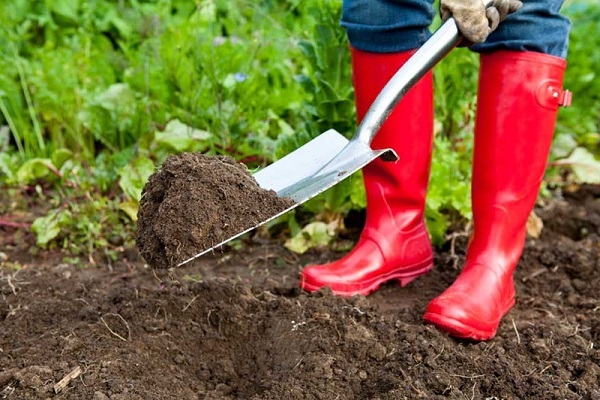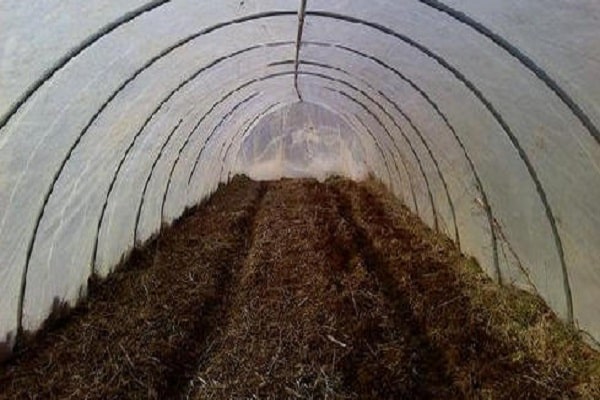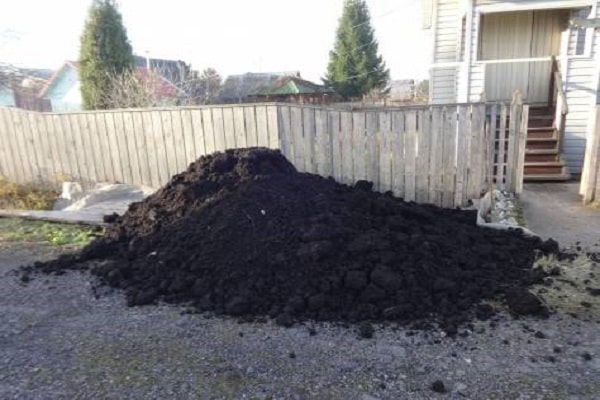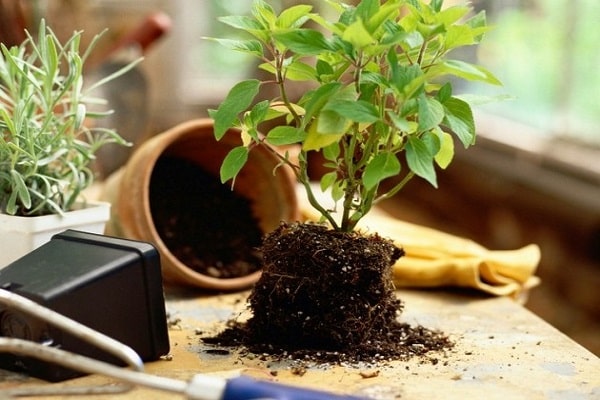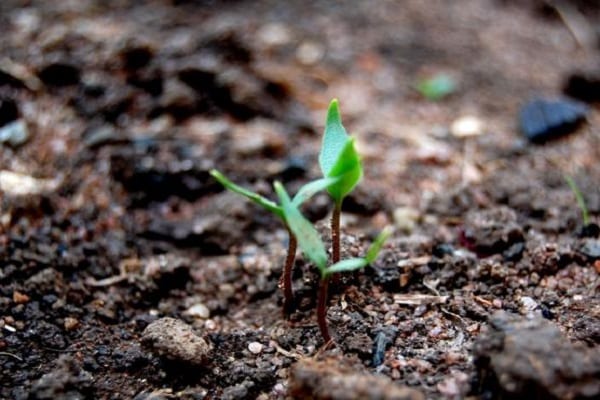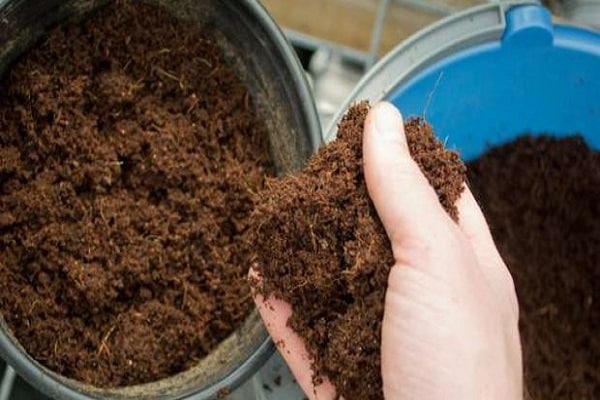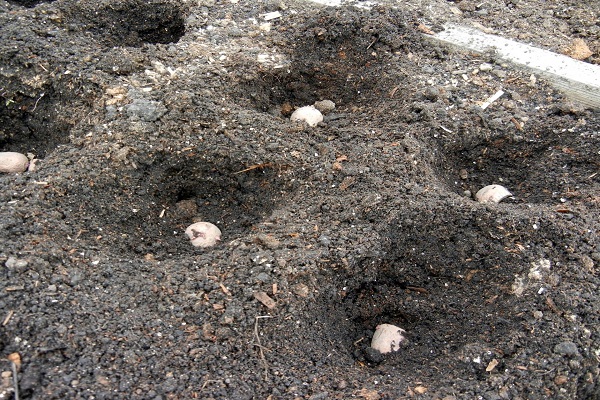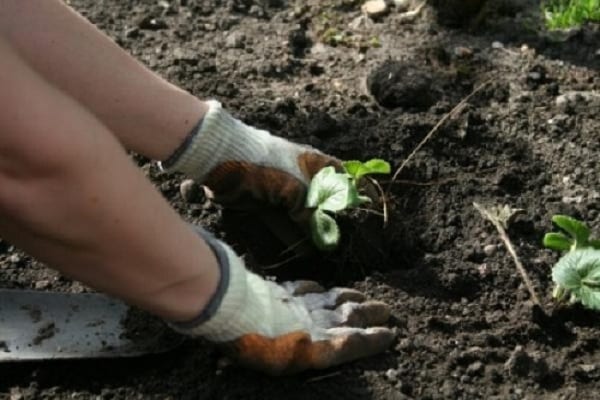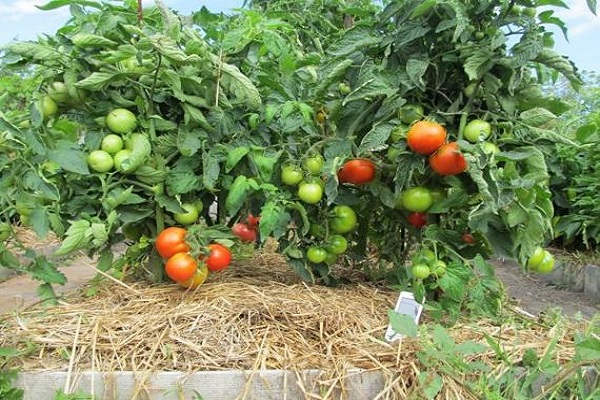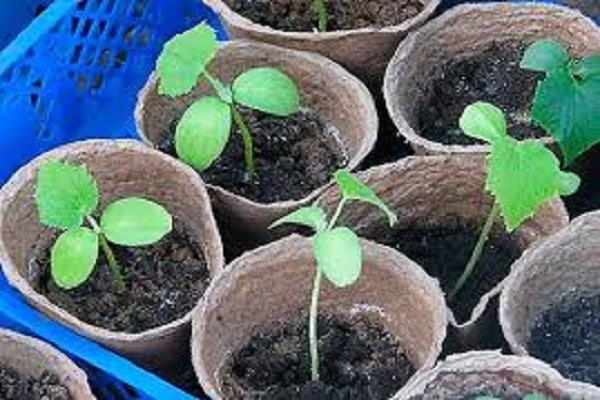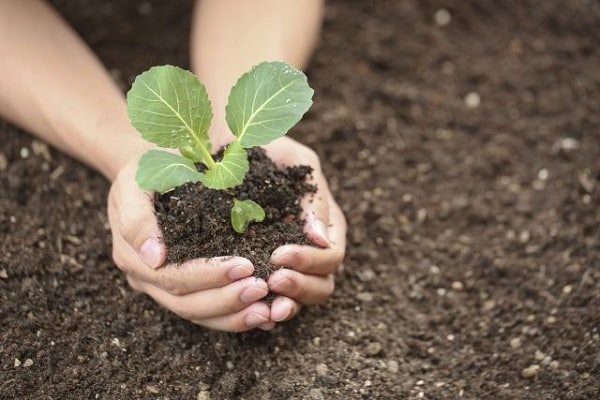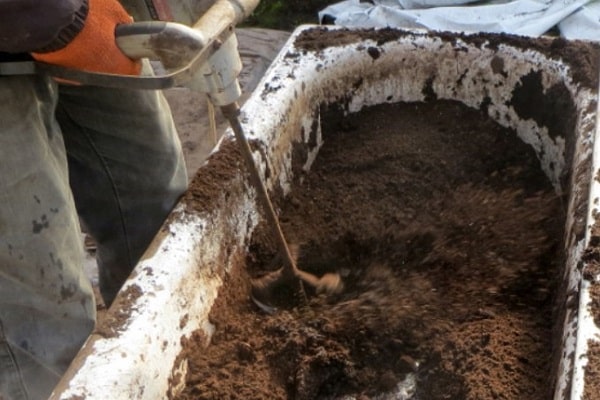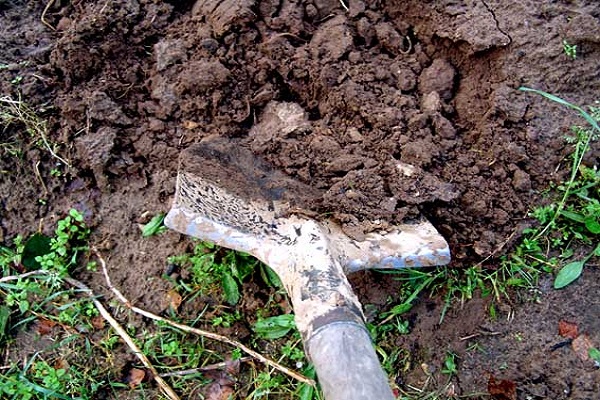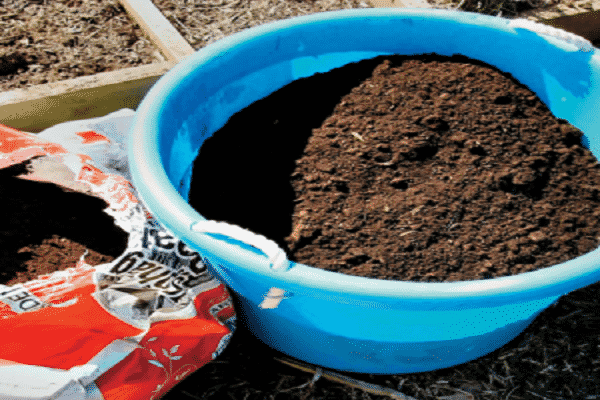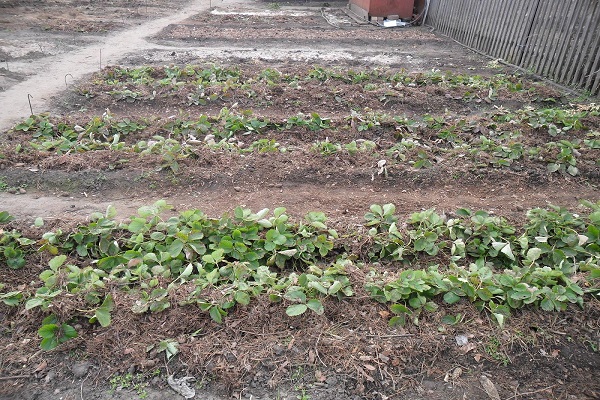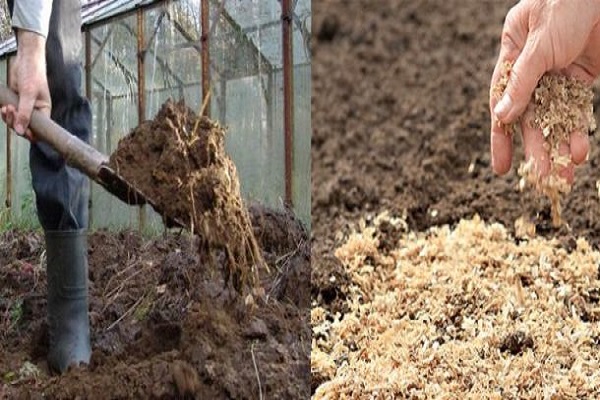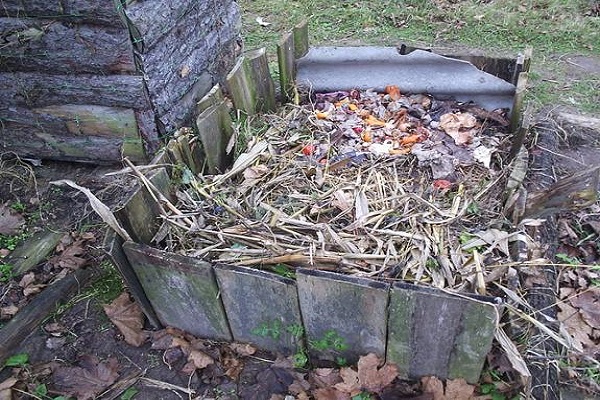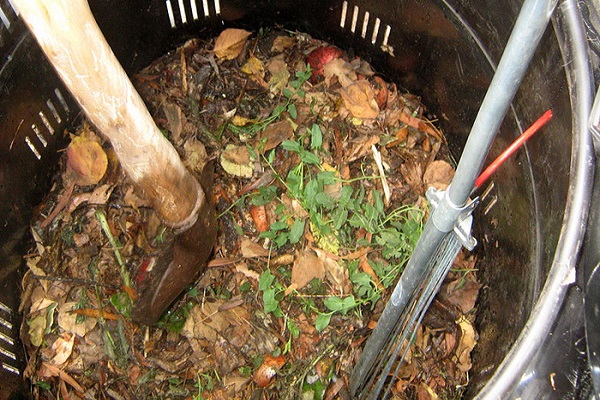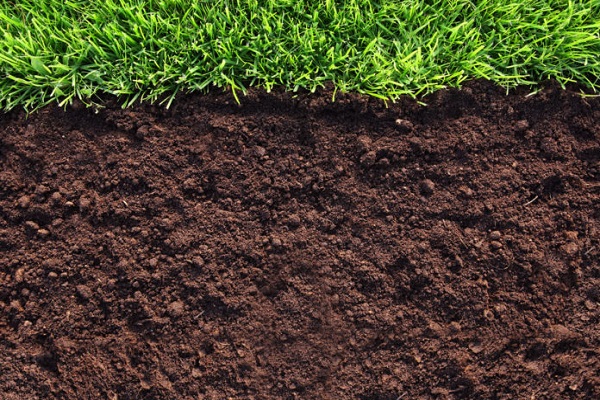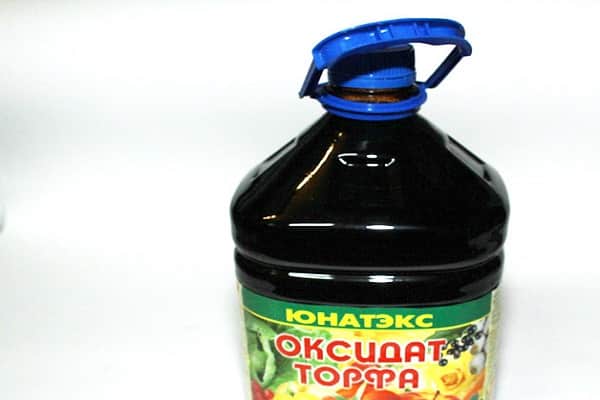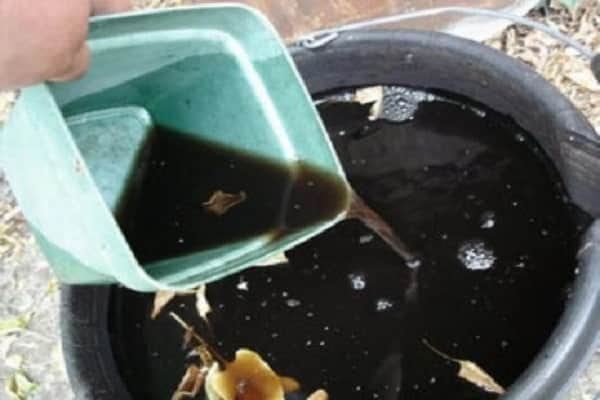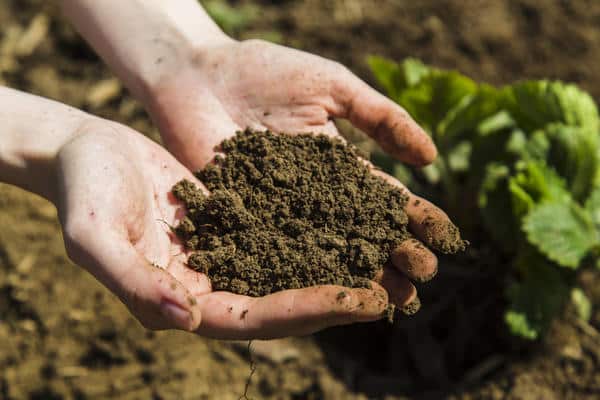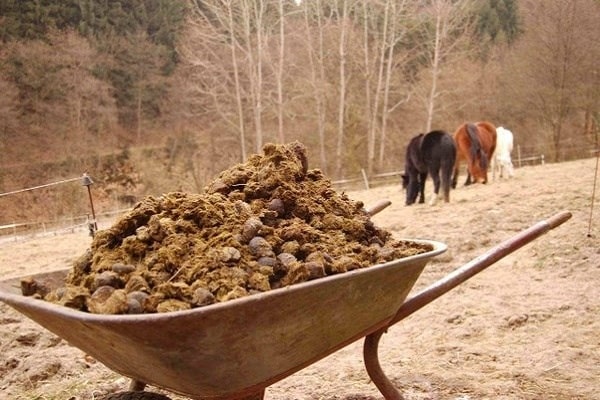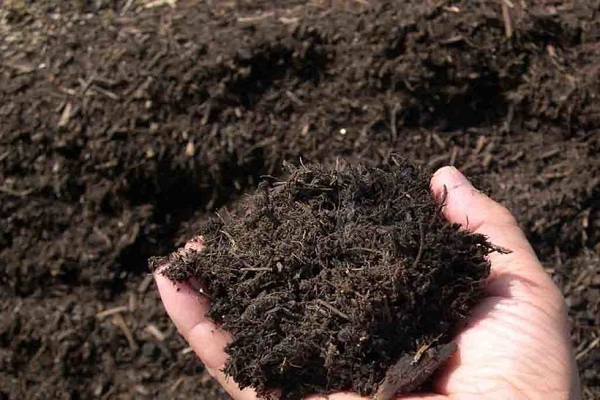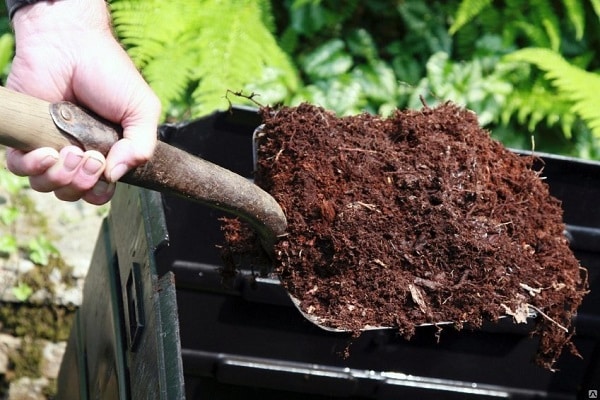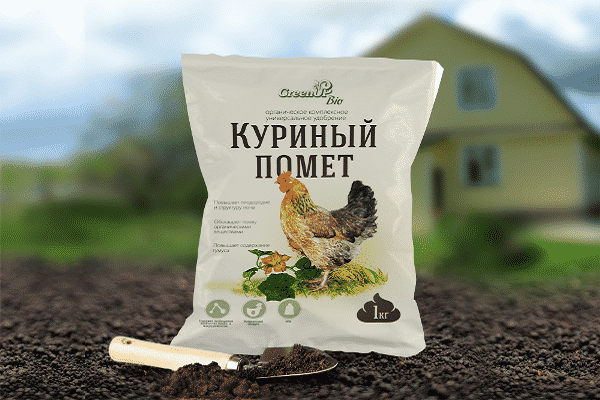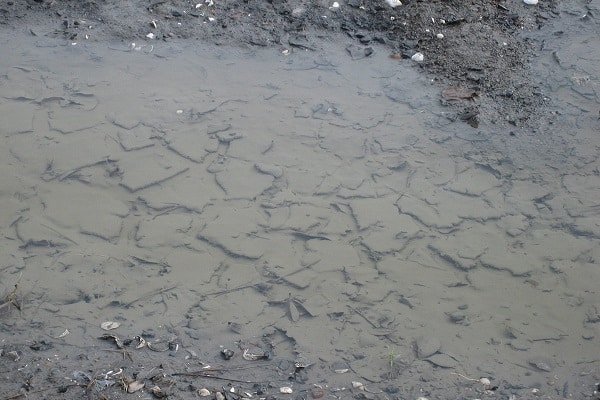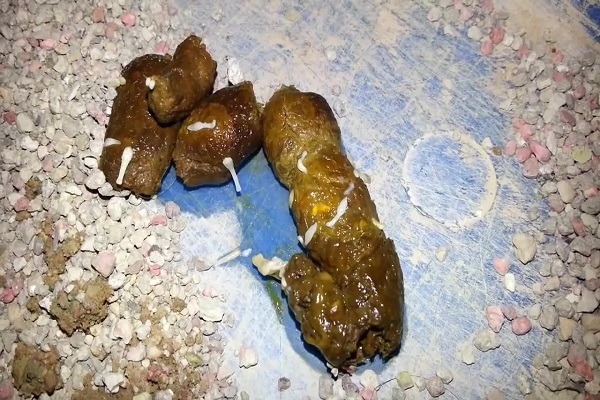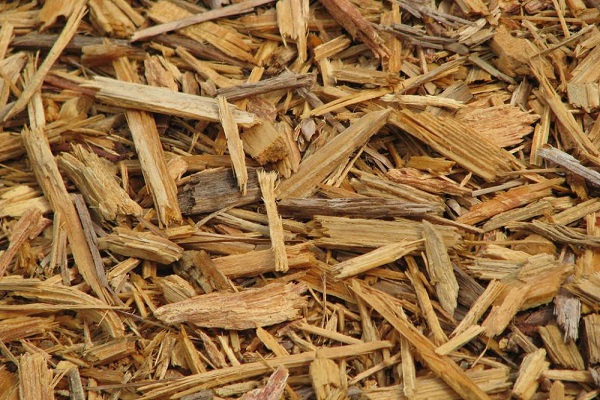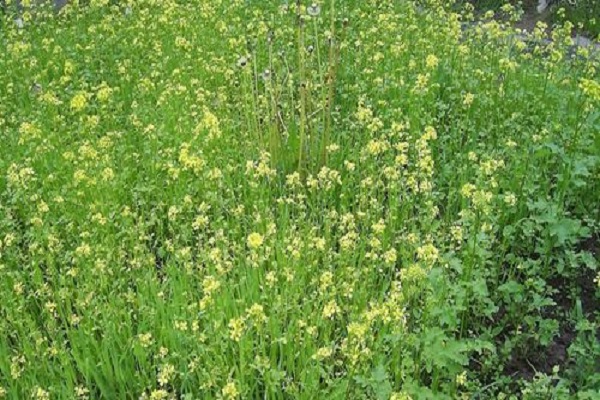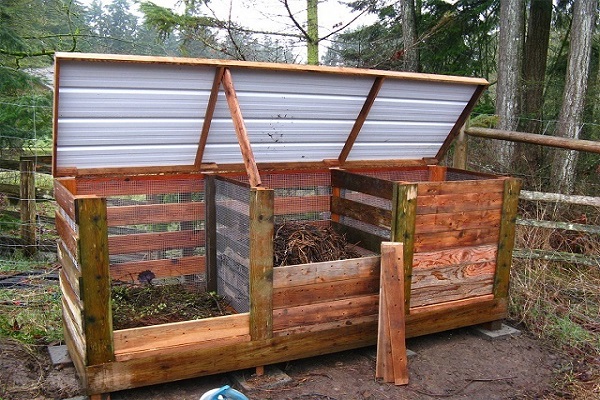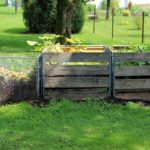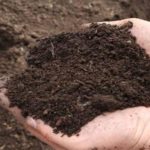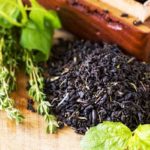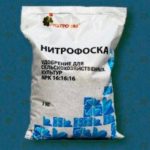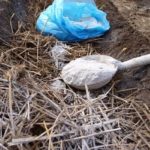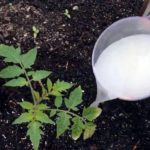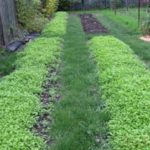Rotten remains of flora and fauna have long been used in agriculture. Gardeners use peat as a fertilizer, knowing the values and characteristics of this mineral.
- How is peat formed?
- Peat extraction technology
- Milling
- Lump
- Transitional peat
- Peat as a fertilizer: pros and cons
- Comparison
- Humus and manure
- Chernozem
- Chicken droppings
- What is peat used for?
- Peat properties
- Peat composition
- Peat acidity
- Decomposition rate
- Types of peat
- Lowland peat
- High peat
- Transitional peat
- Neutralized peat
- Peat use
- For the garden
- For the greenhouse
- For garden
- For plants
- For flowers
- Application in winter
- Fertilization of individual crops
- Potato
- Strawberry
- Tomatoes
- cucumbers
- Cabbage
- Fertilizing the soil with peat
- Peat preparation
- When to deposit
- Dosage
- Mulching with peat
- Soil feeding
- Organizing peat compost
- Methods
- Local composting
- Layer-by-layer
- Peat based fertilizer
- Peat oxidate
- Peat extract
- Alternative to peat fertilizers
- Manure
- Humus
- Humus
- Bird droppings
- IL
- Feces
- Sawdust, tree bark
- Green manure
- Compost pits
How is peat formed?
In swampy areas, a lot of vegetation and living organisms die; after death, they form compressed biomass. The further process occurs under conditions of high humidity and lack of air.
Peat extraction technology
Lying on the surface, it is easily mined. They do this in two ways:
- milling;
- lump or excavator method.
Milling
This method involves layer-by-layer extraction of peat in short cycles. That is, using milling drums, the top layer with a depth of 6-20 mm is milled. As a result, peat crumbs are formed, the particle size of which is 15-25 mm. After milling, the layer is constantly turned over to dry.
When it dries, they begin to roll and stack it. Then everything is repeated, the number of repetitions reaches 10-50 times.
This extraction method has been used since 1930. The advantages of this method are that it is completely mechanized, that is, the cost of the resulting material is low. Milled peat is used in production and power plants. And in agriculture, 15-25% of mined minerals are produced. The milling method is intensive drying and requires good weather conditions. In addition, it is more in demand, since the cost of human resources is minimal, and production occurs in large quantities.
Lump
It is mined using excavators.Development is carried out to a depth of 400-800 cm. First, peat is extracted using bucket equipment, then bricks are formed from it. They are laid out on fields to dry. Then they are stacked and taken away. Based on the location of extraction and other development costs, the cost of the mineral is determined. The weight of one piece varies from 500 to 1000 g. This extraction method is no more than 90 years old.
Transitional peat
It is mined in all possible ways, it all depends on where it lies and which method is more profitable. Most often, this species is used for agriculture in order to increase soil fertility.
Peat as a fertilizer: pros and cons
When purchasing peat, young and inexperienced summer residents add it in unlimited quantities to their planting beds. Only a few people think about whether this is correct and whether it is harmful to cultivated plants. Peat consists of 40-60% humus, but in its pure form it is very harmful for the garden. A plus, many gardeners consider a high percentage of nitrogen content, approximately 25 kg per 1 ton.
But few people know that this nitrogen is not absorbed by plants, as it is poorly absorbed.
It is better not to fertilize the garden with pure peat; it is necessary to mix it with other organic fertilizers. The advantage of adding peat to the soil is that it increases the breathability of the soil, making it more airy and loose. It is easier for plants to grow in such soil, but this is not enough for the full development of the root system, green mass and fruits.
It is recommended to use transitional or lowland peat. In no case is it a topping agent; it greatly increases the acidity of the soil composition.
High-moor peat is suitable for those plants that thrive in acidic soil.In this case, it is added during transplantation and later the soil around the plants is mulched with it.
Comparison
You can understand the value of this mineral in comparison with organic fertilizers:
- humus and manure;
- black soil;
- chicken droppings.
Humus and manure
The main difference is acidity. Peat wins here, so it is used for depleted land. But in most cases, humus is used, since it contains more nutrients necessary for plant growth.
Chernozem
Chernozem contains a large amount of humus, but it also contains more pathogenic bacteria and viruses. Therefore, the summer resident has to choose independently based on what the soil lacks. If you add peat, it must be diluted with sand and perlite and humus.
Chicken droppings
Chicken droppings benefit from the fact that they are more valuable in terms of the composition of nutrients. Some gardeners prefer to use droppings.
What is peat used for?
A novice gardener wonders about the role of peat fertilizer for the plot. The advantage of using it is that it contains a large amount of humic and amino acids, which contribute to the rapid growth of plants.
Peat is used to prepare fertile soil for planting seedlings and indoor plants.
The main purpose of using peat in agriculture is to increase soil fertility.
Advantages of using minerals on the site:
- improvement of soil structure;
- increasing productivity;
- increased moisture permeability;
- improved breathability.
The summer resident will appreciate how useful the fertilizer is for the garden plot after using it. But you should carefully study the composition of the soil, and then apply fertilizing.
Peat properties
There are many properties due to which it is widely used in agriculture, medicine, cosmetology and many other industries. The summer resident is interested in the answer to the question what properties peat has that are useful for a personal plot or cottage:
- In combination with other organic substances, it can nourish and enrich the soil.
- Makes the soil moisture- and breathable.
- Increases soil acidity.
- Removes soil from pathogenic microflora.
- Can reduce nitrate levels.
- Reduces the effects of pesticides.
The properties of peat differ depending on what type it belongs to. There is no need to add minerals to fertile soils. In this case, its properties are neutral.
Peat composition
The composition includes plant residues that have not completely decomposed. Their decomposition products and mineral particles. Under natural conditions it contains 86-95% water. Botanical composition:
- wood remains;
- tree bark and roots;
- various plant remains;
- hypnum and sphagnum moss.
The chemical composition varies depending on the type, botanical composition and degree of decomposition. That is, the percentage of micro- and macroelements in its composition depends on what type of peat is being studied and whose plant residues it is based on.
Peat acidity
This directly depends on how much calcium it contains. Due to the high degree of acidity, horse grass is practically not used for planting; it is suitable for mulching. Since its pH is 3-5. Summer residents prefer to use lowland peat, since its acidity level is 5-8. All particles in its composition are well decomposed and are suitable for feeding any crop.
The following classification is determined by the degree of acidity:
- Strongly acidic, their ash content is 1.5-3%, lime content is 0.15-0.6%, pH 2.5-4.
- Medium acidic, ash content 3-6%, lime content 1%, pH 3.5-4.5.
- Slightly acidic, ash content 5-12%, lime more than 1%, pH 4.5-5.5.
- Neutral, high ash content, neutral pH above 7%.
It is worth remembering that when it comes to composition, it is impossible to say unambiguously about all types. Therefore, general characteristics are given.
Decomposition rate
The presence of humus in it depends on how much the peat has decomposed. That is, the greater the degree of decomposition, the higher the percentage of structureless particles. This characteristic is the main one when describing qualities and useful properties.
This indicator is determined as a percentage, “by eye” or under a microscope. In the first case, only fresh peat is taken, which has its own natural moisture. Signs by which the degree of decomposition is determined:
- plastic;
- quantity and preservation of plant fragments;
- quantity and color of squeezed water.
The decomposition is divided into 3 groups:
- 30% - highly decomposed. It is pressed through the fingers, leaving individual, large fragments of plant residues in the hands. After squeezing out the water, which is either very little or not at all, it remains plastic. The water is dark brown.
- 20% - moderately decomposed. It is difficult to press through your fingers; there is a lot of plant residue left in your hands. The water that is squeezed out is light brown or brown in color. Pressed peat springs weakly.
- Less than 20% - slightly decomposed. It's impossible to push through your fingers. Plant remains are easily distinguishable. The water is easily squeezed out, its color is yellowish or colorless. Pressed peat is springy and rough on the surface.
More detailed information is provided by the macroscopic method; it was proposed by P.D. Varlygin.
In field conditions, when it is not possible to conduct laboratory tests, the smear method is used. The disadvantage of the method for determining the degree of decomposition is that traces of slightly decomposed soil are difficult to discern. A plus is the quick determination of results.
Types of peat
According to the institute's research in the European part of the Soviet Union, there are 38 species. But all these types are combined into 3 types, which are divided based on the properties of the peat and the nature of the waters that feed the swamps.
- Lowland.
- Horse.
- Transition.
Lowland peat
Fed by groundwater. Its pH is neutral or slightly acidic. In total, it contains 70% organic residues; in addition, it contains a large amount of minerals.
Lowland peat is often used to improve the soil composition of soil that has been used for a long time without applying any fertilizers.
High peat
Of all types, it is the most infertile, therefore it is only suitable for mulching or plants that require high soil acidity for growth and development.
It contains sphagnum moss, pine, cotton grass and a certain amount of moisture. There are also no parasites or weed seeds. These qualities are especially valuable for those summer residents who have greenhouses.
Transitional peat
The middle formation is between low-lying and high-moor peat, that is, the layer is transitional. With fewer microelements and low soil acidity. The plant remains that make up this species are almost constant, differing slightly, depending on the type of peat deposits.
Neutralized peat
Subspecies of the riding species.It is used for the preparation of substrates; for this, raw materials with a low degree of decomposition are taken. In this case, limestone flour is used to neutralize acidity.
It is used to make greenhouse soil, or soil for plants grown in pots. For open ground, used when planting trees and shrubs.
Peat use
The scope of its application in agriculture is very extensive. The mineral is used in garden beds, indoors, in the garden and when growing flowers.
For the garden
Pure peat is not used to fertilize beds. Basically, it is mixed with humus and other organic substances. Moreover, it is introduced wet 50-60%. Otherwise it will be mulching.
Peat compost is a common phenomenon in summer cottages. In addition, summer residents call this method of application the most effective.
For the greenhouse
The ability of a mineral to absorb moisture and at the same time retain it is indispensable when arranging a greenhouse. With the help of these properties, it maintains the optimal temperature regime of the soil in the greenhouse for a long time. In combination, the mineral is an antiseptic. Therefore, greenhouses are filled with peat to 50-90%.
For garden
For use in the garden, preliminary preparation of the mineral is required. It is recommended to keep it thoroughly fluffed for 2 weeks. If possible, sift through a sieve.
When using peat in the garden, constant watering is required. Proper use will provide plant roots with the nutrients and oxygen necessary for active plant growth.
For plants
Peat is used for many types of crops. Apply as fertilizer in spring or autumn for digging.This helps to improve the composition of the soil and increase the nutrients that the plant takes for proper development and growth.
For flowers
Lovers of growing flowers, garden and indoor, also note the positive effect of peat on plants. Using minerals as fertilizer helps plants recover faster after transplantation.
Peonies respond especially well. They grow faster, bloom better and have a very strong smell. It is used as mulch and top dressing. In the second case, it is necessary to combine with mineral fertilizers.
Application in winter
In winter, the mineral is used for compost. During the winter it rots and turns into the most nutritious fertilizer. Applying it in winter causes early snow melting. Consequently, the soil begins to warm up earlier.
Fertilization of individual crops
The mineral is used differently for some crops; it is important to know how to fertilize correctly so as not to harm either the plant or the soil.
Potato
Growing Potatoes the process is labor-intensive. To get a harvest, a summer resident makes fertile soil in the garden bed, adding sand and clay. But by themselves, these components do not perform the necessary function, so peat is added to them. This soil composition is the most suitable for the crop.
Strawberry
Applying fertilizer to strawberry beds, gardeners note the early ripening of the berries, the harvest becomes richer, and the taste of the strawberries is richer. Apply in spring or autumn, mixing with sawdust and drying well. Add it to the row spacing 30 kg per 1 m2. Or directly into each hole.
Tomatoes
For this crop, peat is used as foliar and root feeding once every 2 weeks. Or add 1 m2 4 kg, scattered evenly over the bed.
For better effect, the mineral is added when planting seeds.
cucumbers
Thanks to the addition of peat to the soil, a rich crop harvest is obtained. It is important to observe the dosage and correctly produce or reduce the acidity of the soil. Maintaining the proportions will help you get the maximum possible yield from cucumber bushes.
Cabbage
For this crop, which is very picky about acidity, peat is used to lower the pH. Then the effect of its use will become noticeable almost immediately.
Fertilizing the soil with peat
To increase soil fertility, summer residents use this mineral. But many people don’t even think about the fact that it also causes harm. Therefore, before fertilizing the soil, it is necessary to determine what exactly the soil needs.
When introducing it into fertile soil, you should not expect improvements, as there will be no result. But if the soil is severely depleted, then it increases its fertility.
Summer residents recommend introducing the mineral together with other organic additives, since in its pure form it is poor in minerals.
Peat preparation
Before use, it is necessary to properly prepare the mineral. To do this you need to fulfill simple requirements:
- Ventilate thoroughly before use. So that the toxic substances contained in its composition evaporate.
- The humidity of the raw materials used is not less than 50%.
- The effects on the plant are not immediate, sometimes they are noticeable only after 2-3 years.
- Regardless of the season, applying fertilizer is always appropriate.
- The best way to use it is through compost.
When to deposit
There are no specific dates, it is applied at any time, in spring and autumn before plowing. During plant growth, between rows and under roots.
Dosage
There are no regulations on the use of minerals. They only note that it is necessary to apply it for several years in a row, gradually bringing the soil to the required degree of fertility.
Mulching with peat
This process also requires compliance with the rules; this leads to a positive result from the work done. Mulch during the growing season or before winter. In the summer, peat is used for this, which is applied in a layer of 1 to 2 cm. In the spring, protecting the plantings, up to 5 cm; in winter, the layer is not limited.
Soil feeding
To enrich the fertile soil layer, peat mixed with any organic additives is used. Since it alone does not provide proper enrichment with minerals. The mineral, in its pure form, is used only for mulching.
They use high-moor peat for mulch, lowland and transitional peat, to enrich the soil.
Organizing peat compost
Pure fertilizer provides few nutrients to the soil. Therefore, summer residents recommend making compost. To prepare it, you need foliage, food waste, cut weeds and other plant debris. Compost is prepared within 1-1.5 years. The degree of readiness is determined visually. The entire mass should be homogeneous and loose.
Methods
There are 2 ways to organize compost, which of them is preferred by the summer resident himself.
Local composting
A layer of peat of 50-60 cm is laid out at the selected location. Then manure of 70-80 cm is laid out in a continuous layer or in heaps. Moreover, the width is made 1-1.5 m less than peat, then the top is covered with a layer of peat, 50-60 cm. Covering the manure from all sides. This method is preferable in winter.
Layer-by-layer
Peat is distributed over a width of 4-5 m, the length of the area is possible, the layer thickness is 50 cm, then a layer of manure is laid, then peat again, and so on several times, the height of the finished compost heap is 2 m. The last layer is necessarily peat.
Peat based fertilizer
Fertilizer manufacturers create fertilizers for plants. They make it for those who cannot make a compost heap on their own. Made in the form of granules, which are added directly to the wells. And liquid fertilizer, which is absorbed much better. It is watered on plants and used as a growth stimulator for seeds.
Peat oxidate
Economical plant nutrition, which is much cheaper than imported analogues. Helps plants accumulate nutrients, improves soil structure, and prevents toxins from entering the plant.
It contains amino acids, monosaccharides, proteins, humic acids, minerals and sulfic acids. When using, be sure to dilute with water.
Peat extract
For manufacturing, a low-lying type is used; using electro-hydraulic processing, a hood is obtained. The fertilizer is very convenient to use. Contains many useful substances. Recommended for areas where there is no need to fertilize the soil.
Alternative to peat fertilizers
If it is not possible to purchase a mineral, it is replaced with organic matter with a similar nutrient composition. These include:
- manure;
- humus;
- humus;
- bird droppings;
- silt;
- feces;
- sawdust, tree bark;
- green manure;
- compost pits.
The choice of alternative is up to the vegetable grower.
Manure
The best replacement for peat. Its composition is rich in minerals that plants need for growth and development. All of them are in an easily digestible form.
The only negative for the site is that you cannot use fresh manure.
Humus
Rich in nutrients that increase overall soil fertility. Injected before digging or directly into the holes.
Humus
It is used as an alternative to peat in most cases, as it is rich in useful substances that enrich the soil.
Bird droppings
It is recommended to use pigeon and chicken litter; geese and duck litter are less suitable. Apply undiluted in the fall. During the season, they are used as liquid fertilizers.
IL
Rich in humus, potassium and nitrogen, sludge is used on plots to increase soil fertility.
Feces
They are not used in their pure form; special preparation of the fertilizer for their use is required. Made from a compost heap.
Sawdust, tree bark
Cheap and accessible organic fertilizer, which becomes an excellent replacement for minerals. Apply to areas only when they are rotted. Mix with other fertilizers and layer with soil.
Compost is prepared from the bark, mixed with mineral fertilizers and moistened. The fertilizer will be ready within 6 months.
Green manure
In the fall, the plot is sown with perennial or annual crops and plowed in the spring. Nutrients pass into the soil, enriching the soil.
Compost pits
A harmless organic fertilizer that significantly increases soil fertility. The disadvantage of feeding is that it takes 1 to 2 years to prepare. But do not forget that it is in this form that minerals are better absorbed by plants.
Peat as a fertilizer is indispensable on the site. But you shouldn’t add it thoughtlessly, everything is good in moderation.

